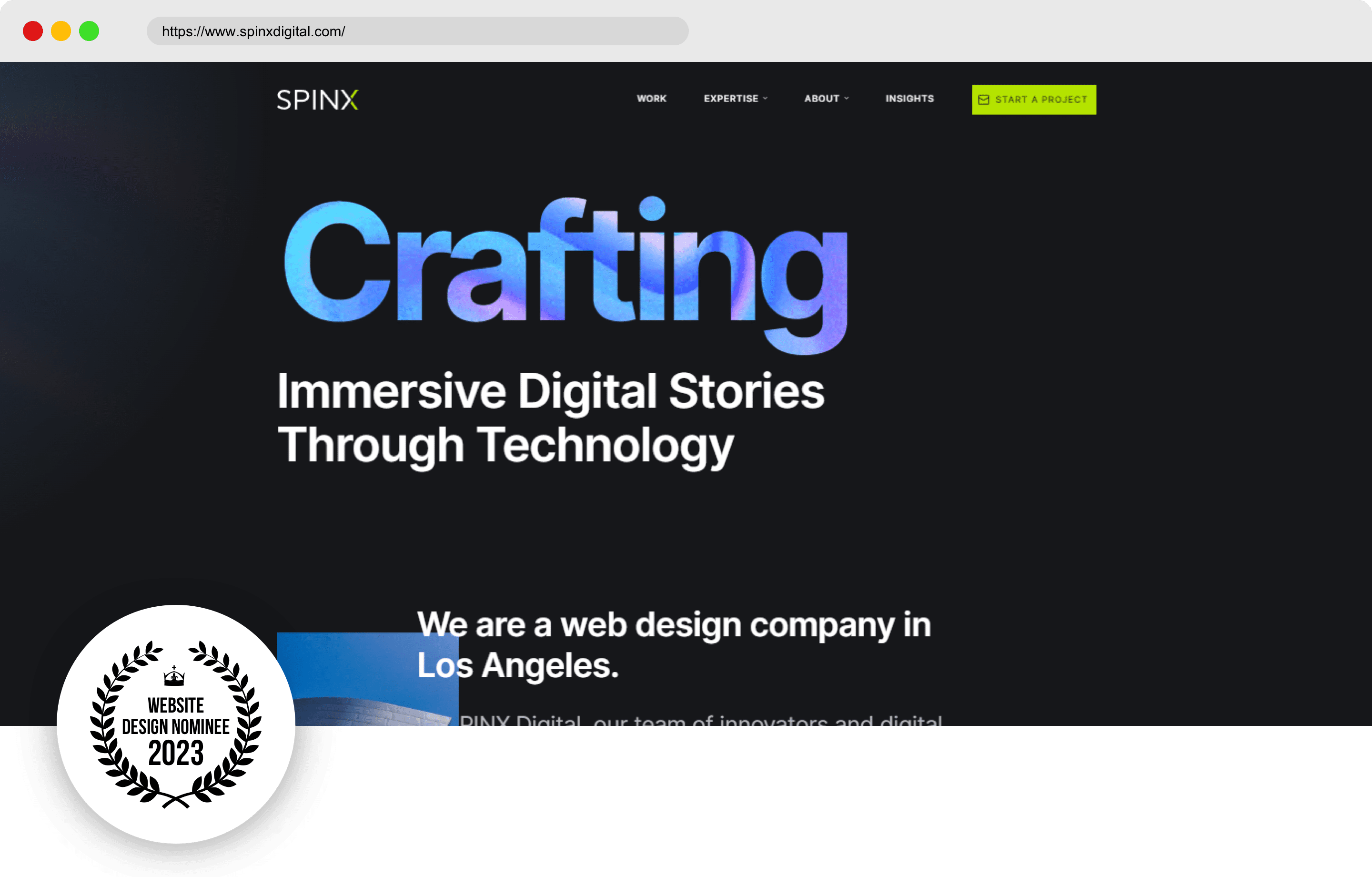Boost Your Online Existence with Professional Website Design Techniques
Incorporating Search Engine Optimization Best Practices Into Your Web Site Style for Improved Visibility
In today's digital landscape, integrating Search engine optimization best practices into your internet site layout is no much longer optional however a need for accomplishing boosted exposure and individual engagement. Understanding this connection can be the secret to opening your web site's full possibility.
Key Phrase Optimization Techniques
Mastering keyword optimization is a critical facet of effective internet site design for SEO. It includes purposefully incorporating key phrases that prospective site visitors could utilize to locate your content, consequently enhancing online search engine rankings and driving targeted web traffic. The process begins with detailed keyword research study to recognize pertinent terms that line up with individual intent and industry patterns. Utilizing devices like Google Keyword phrase Organizer or SEMrush can assist in discovering high-volume, low-competition key words that use significant opportunities for exposure.
Additionally, maximizing picture alt texts and URLs with key phrases can further boost search engine indexing. It is important, however, to stay clear of keyword stuffing, which can lead to penalties from search engines and a bad customer experience. Website Design.
One more critical facet is using long-tail key phrases, which are a lot more details and much less affordable, frequently leading to greater conversion rates. By focusing on these particular niche expressions, web sites can bring in more certified traffic. Fundamentally, reliable keyword phrase optimization calls for a balanced technique, focusing on user intent and search engine guidelines.
Enhancing Mobile Responsiveness
With an enhancing number of users accessing sites through mobile gadgets, guaranteeing that your internet site adapts flawlessly throughout numerous display dimensions is paramount. Mobile responsiveness not just enhances user experience but also dramatically affects search engine rankings.
To accomplish optimal mobile responsiveness, consider implementing a receptive internet style (RWD) approach. This method includes making use of adaptable grids, designs, and photos, making sure that material automatically adapts to different display measurements. Furthermore, employing CSS media inquiries can help customize styles for various devices, boosting the overall visual discussion.
One more vital facet is simplifying navigating for mobile users. Structured menus and touch-friendly components make it easier for individuals to connect with the site, reducing bounce rates and raising engagement. In addition, prioritizing web content by displaying one of the most relevant information prominently assists customers in rapidly accessing what they look for.
Quickening Tons Times

To enhance lots times, take into consideration lessening HTTP demands by incorporating documents such as CSS and JavaScript. Minimizing the dimension of images without compromising top quality is another efficient approach; devices like ImageOptim or TinyPNG can be important for this purpose. Furthermore, leveraging internet browser caching can considerably improve lots rates by storing parts of your site in users' browsers, decreasing the requirement for repeated downloads.
Carrying out a material distribution network (CDN) can also enhance performance by dispersing your website's material throughout numerous areas around the world, guaranteeing faster access for users no matter of their geographical place. Lessening the use of redirects and allowing compression with devices like Gzip can further streamline your website's efficiency. By focusing on tons times, companies can enhance customer experience, enhance search positions, and inevitably drive higher interaction.
Designing Intuitive Navigating

User-friendly navigation begins with simplicity and uniformity. A clear, hierarchical structure permits users to recognize the website's layout promptly. Usage descriptive tags for food selection things, ensuring they reflect the material accurately. Stay clear of lingo or ambiguous terms that could confuse site visitors. Executing breadcrumb tracks can further assist in navigating, supplying individuals a visual path of their trip within the site.
Additionally, integrating a search bar gives a direct path for users to find certain material quickly. By focusing on easy to use navigating, web sites can improve engagement, lower bounce prices, and boost total Search engine optimization efficiency.
Making Use Of Structured Information Markup
Organized information markup is a necessary tool for enhancing a website's search engine optimization by giving search engines with detailed details concerning the website's material. By carrying out structured data, webmasters can aid search engines understand the context of the web content, bring about even more precise indexing and potentially improved presence in search engine result. This markup, normally in the type of JSON-LD, Microdata, or RDFa, makes it possible for the creation of rich click over here fragments, which can consist of extra information such as testimonials, rankings, events, and more.
Incorporating organized data right into your web site style is essential for achieving an one-upmanship in online search engine results web pages (SERPs) Browse engines like Google utilize organized data to existing search results page in more interesting styles, such as knowledge panels, slide carousels, and enhanced listings. This not just draws in even more clicks however also enhances the overall individual experience by delivering extra relevant details upfront.
Additionally, organized data is a vital element in voice search optimization, as voice aides rely on exact data to provide exact reactions. Applying structured information markup ought to be a top priority from the style stage to ensure seamless integration and optimize its advantages. Following schema.org standards is suggested to preserve uniformity and compatibility throughout systems.
Conclusion
Integrating Search engine optimization finest methods into web site style substantially improves exposure and customer engagement. By tactically optimizing keyword phrases, guaranteeing mobile responsiveness, enhancing load times, designing intuitive navigation, and using organized information markup, internet sites can attain higher search engine rankings and improved customer experiences.

While optimizing load times is essential for boosting user experience and search rankings, creating intuitive navigation is just as essential in making certain individuals can easily gain access to and interact with internet site content - Website Design. By strategically enhancing key phrases, ensuring mobile responsiveness, boosting load times, designing instinctive navigation, and using organized information markup, sites can accomplish greater search find out here now engine positions and improved user experiences